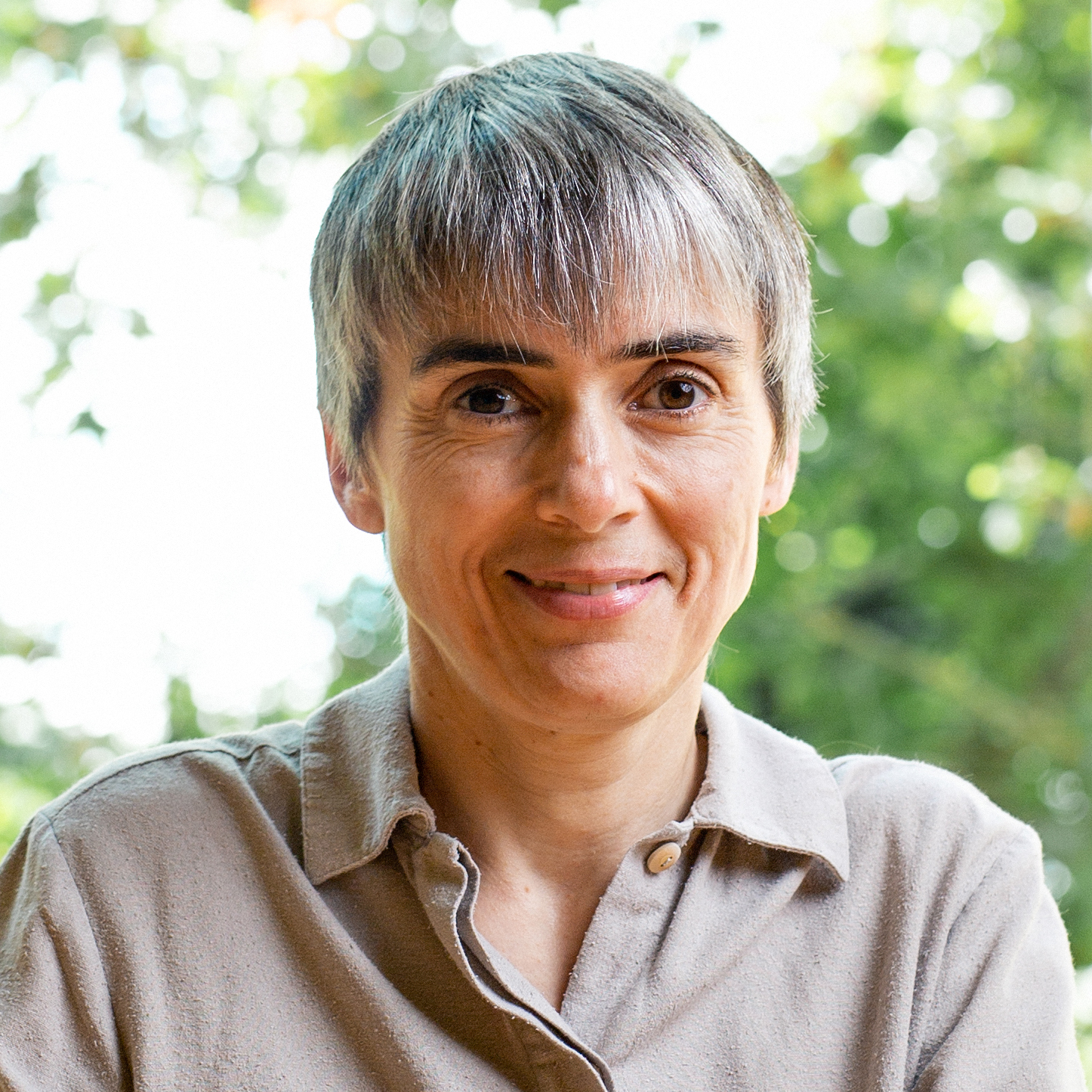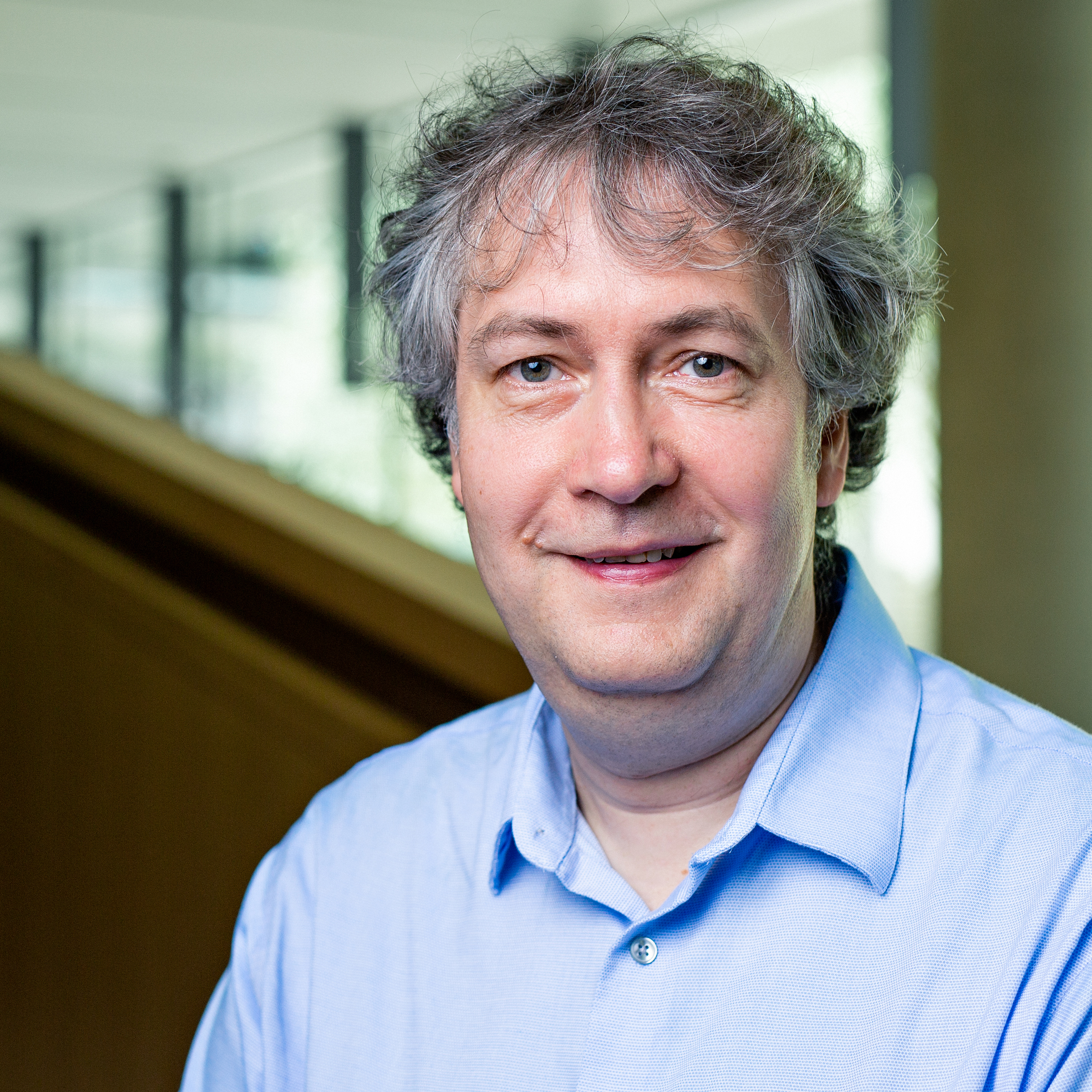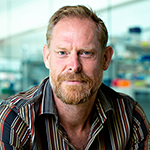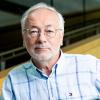Past research groups at the Sainsbury Laboratory
This section provides an overview of the research groups and their respective scientific focus that have left the Sainsbury Laboratory.
Professor Dame Ottoline Leyser
Director (2013-2020), Associate Director and Group Leader (2011-2013)
The Leyser group research focused on understanding the role of plant hormones in plant developmental plasticity, using the regulation of shoot branching as a model. Whether or not an axillary meristem becomes active involves the integration of many environmental, physiological, and developmental factors. Increasingly, the evidence indicates that the regulatory system for bud activity centres on the self-organising properties of the transport network of the plant hormone auxin. The Leyser team combined molecular-biological, physiological, and quantitative genetic approaches with computer models to better understand how shoot branching patterns respond to the environment.
Professor Yrjö Helariutta
Group Leader (2014-2022)
The Helariutta lab focused on understanding the patterning processes involved in the development of plant vascular tissues. The vascular network provides plants with structural support and long-distance transport, meaning that vascular tissues must predictably differentiate to form continuous strands. To uncover the mechanisms that establish and maintain the vascular pattern, we take advantage of the Arabidopsis root tip, which has a stereotypical arrangement with procambial cells separating opposite phloem poles from a central xylem axis.
Dr Giles Oldroyd
Group Leader (2017-2022)
Dr Oldroyd's group worked on understand the signalling and developmental processes in plants that allows interactions with mycorrhizal fungi and nitrogen-fixing bacteria, and to better define the similarities and differences between these two mutualistic associations. The long-term aim of his research was to broaden the plant host species that can accommodate nitrogen-fixing bacteria, in particular cereal crops, utilising the many symbiotic molecular processes that exist in cereals to facilitate mycorrhizal fungal interactions. Nitrogen-fixing cereals have much potential to deliver more sustainable and secure food production systems, with particular potential to deliver significant yield improvements to the poorest farmers in the world.
Dr Sebastian Ahnert
Career Development Fellow (2016-2020)
The focus of Dr Ahnert's work was on the interface between theoretical physics, biology, mathematics and computer science. His team was particularly interested in using algorithmic descriptions of structures and functional systems in order to quantify and classify their complexity. They were also interested in general properties of genotype-phenotype (GP) maps, and the effect these properties have on evolutionary outcomes.
Dr Jerzy Paszkowski
Group Leader (2013-2018)
The Paszkowski Group's research focused on the epigenetic regulation of transcription and on molecular mechanisms contributing to formation of transgenerationally stable epigenetic sates (epialleles). This includes environmental and developmental inputs that have direct consequences for the heritable alteration transcriptional states and contribution of retrotransposons to the genome-wide landscape of epigenetic regulation. The Group revealed surprisingly selective epigenetic, environmental and developmental mechanisms controlling retrotransposition in Arabidopsis.
Dr Devin O'Connor
Career Development Fellow (2016-2018)
Dr O'Connor's group used both Arabidopsis thaliana and the grass Brachypodium distachyon as model systems to examine three important questions in plant developmental biology: 1) How does transport of the plant hormone auxin control the placement of both new leaves and their vasculature? 2) What are the molecular mechanisms that pattern grass leaves? 3) What are the genes that control the density and plasticity of leaf veins?
Dr Phil Wigge
Group Leader (2013-2019)
Dr Wigge's group researched how plants perceive and respond to temperature, and how this knowledge can be used to breed climate change resilient crops. Plants have evolved exquisitely sensitive temperature perception pathways. His group's major experimental systems are Arabidopsis thaliana and Brachypodium distachyon. Forward genetic screens revealed that chromatin plays a key role in temperature sensing. The team built on these fundamental breakthroughs using a range of techniques from structural biology to epigenetic analysis as well as testing approaches to modulate temperature signalling in crop plants.
Dr Katja Jaeger
Career Development Fellow (2013-2018)
Dr Jaeger's research group studied how plants control their development in response to a changing environment. Sensing, integrating and remembering environmental information allows plants to make key life-cycle decisions at the right time to optimize fitness. These questions are of interest from both a fundamental scientific perspective as well as having potential for application in breeding stress-resilient crops. She studied these processes in two systems: Arabidopsis thaliana, which offers unparalleled genetic and epigenetic resources and the small grass Brachypodium distachyon, which is related to crop plants such as wheat, barley and rice.
Dr Siobhan Braybrook
Career Development Fellow (2013-2017)
Dr Braybrook established The Plant Mechanics Group at SLCU in 2013. The aim of Dr Braybrook's Research Group was to understand how shapes and patterns are physically manifested in plants. In order to do this, her group looked at how to quantify shapes and patterns, understand cell wall mechanics, elucidate the molecular mechanisms that control wall mechanics, and explore the evolutionary space linking growth and cell wall mechanics.









